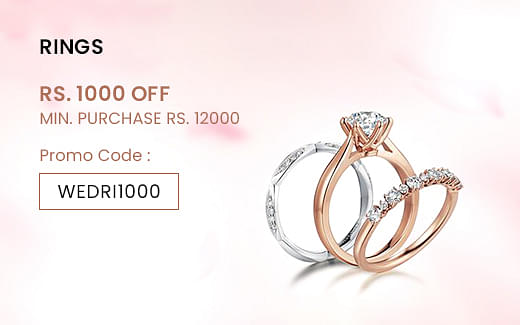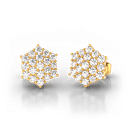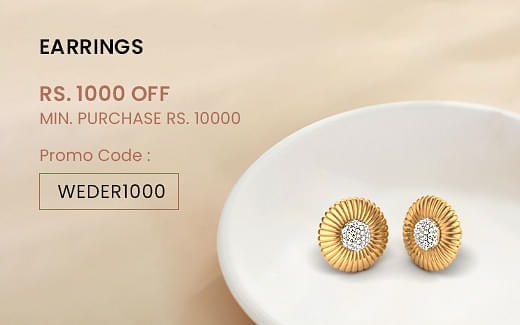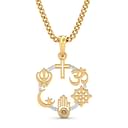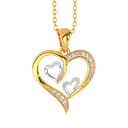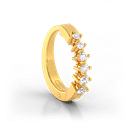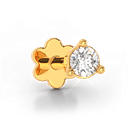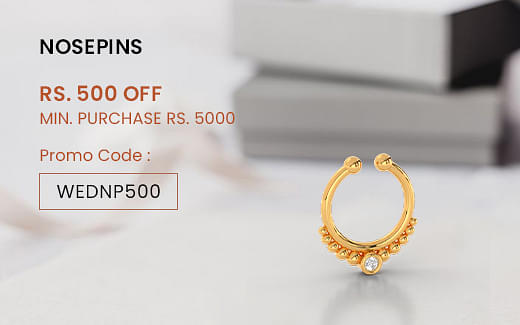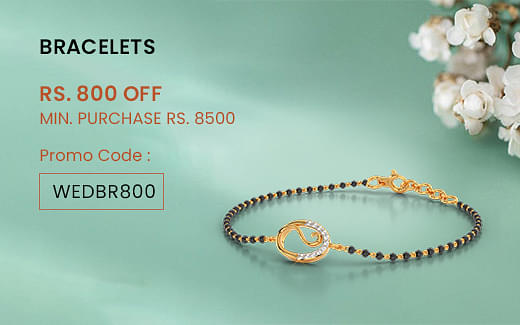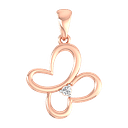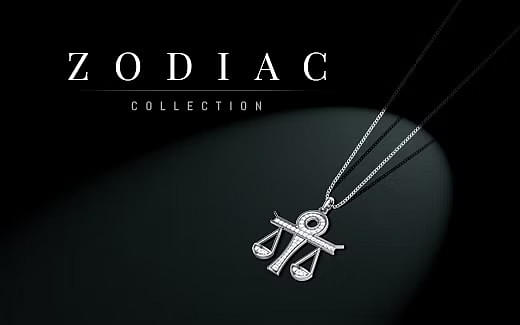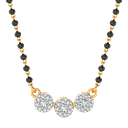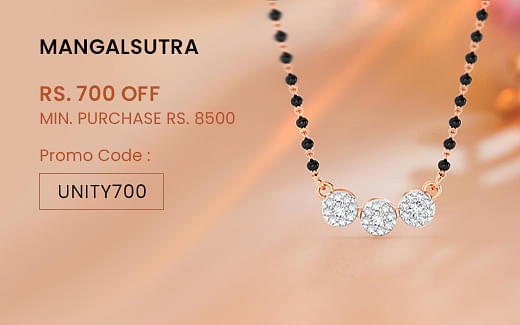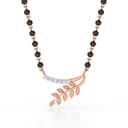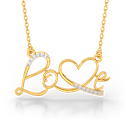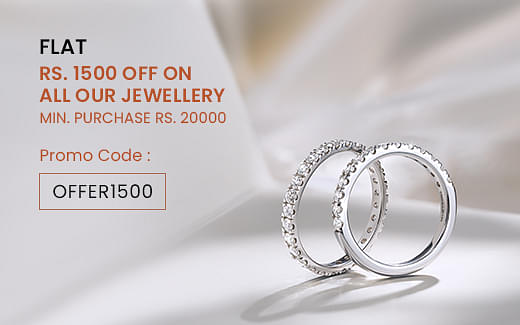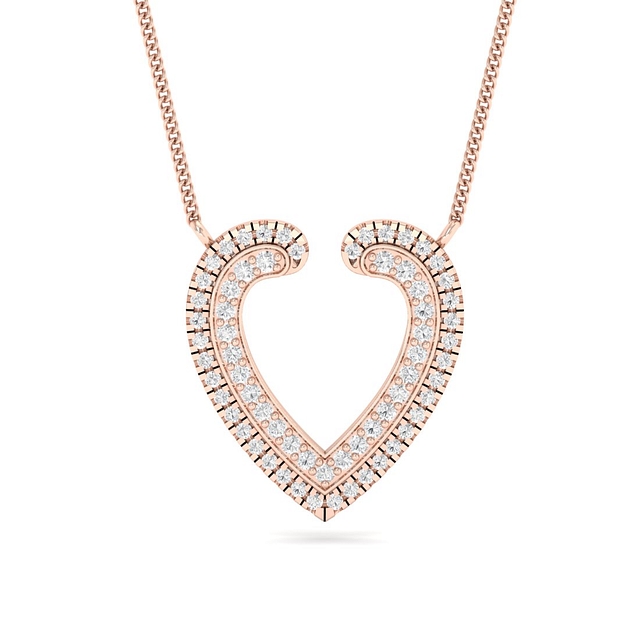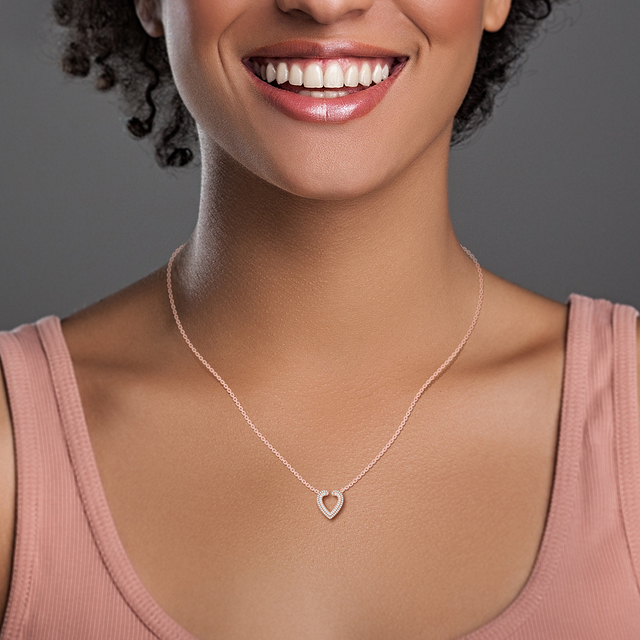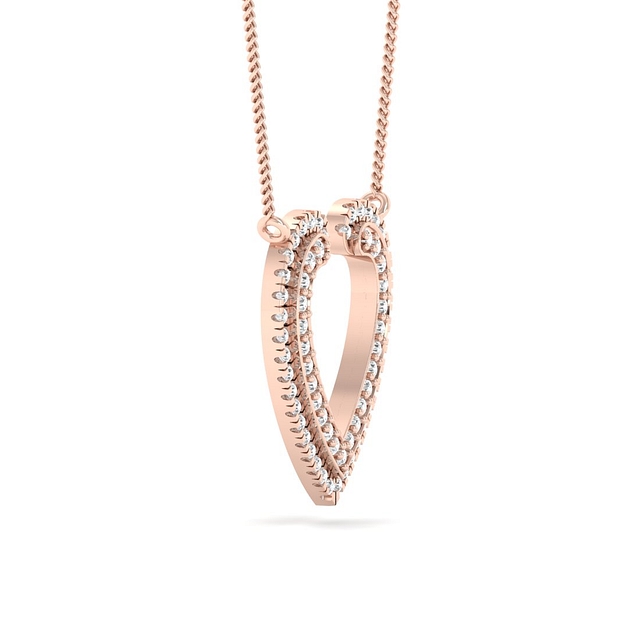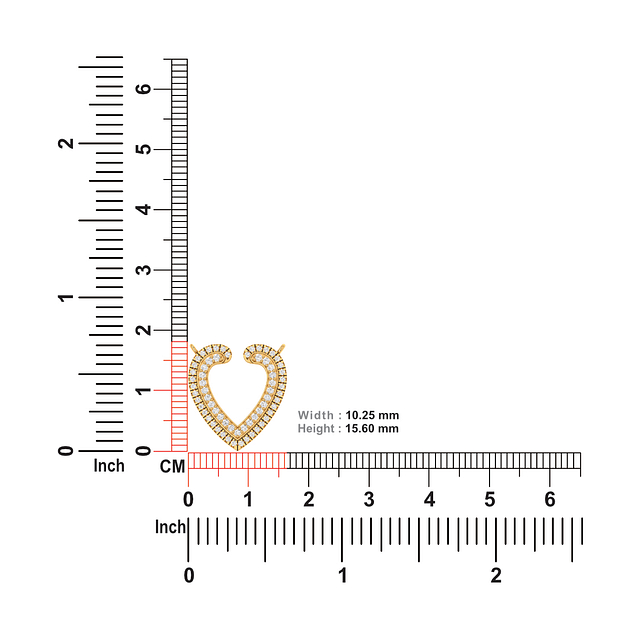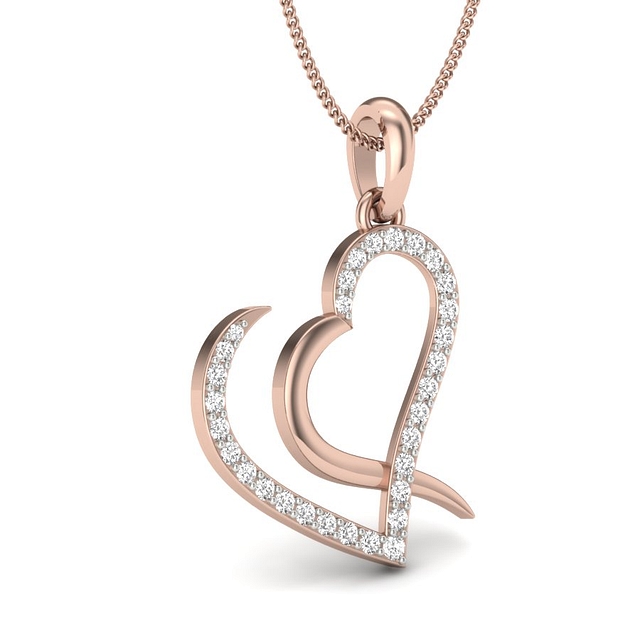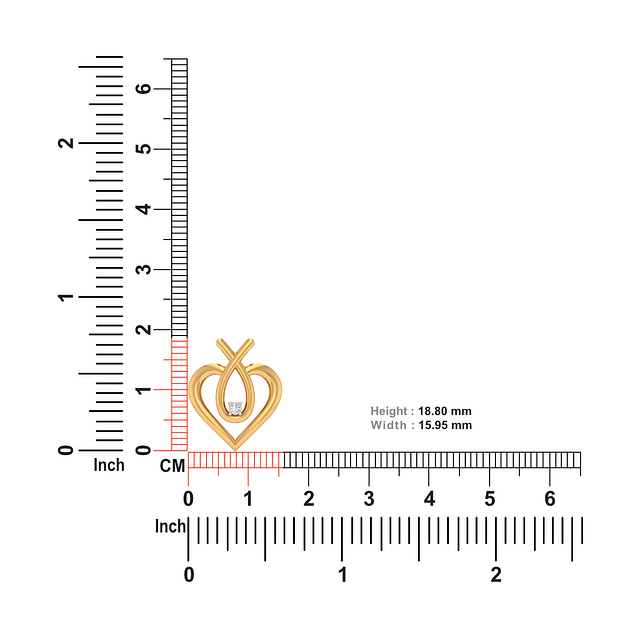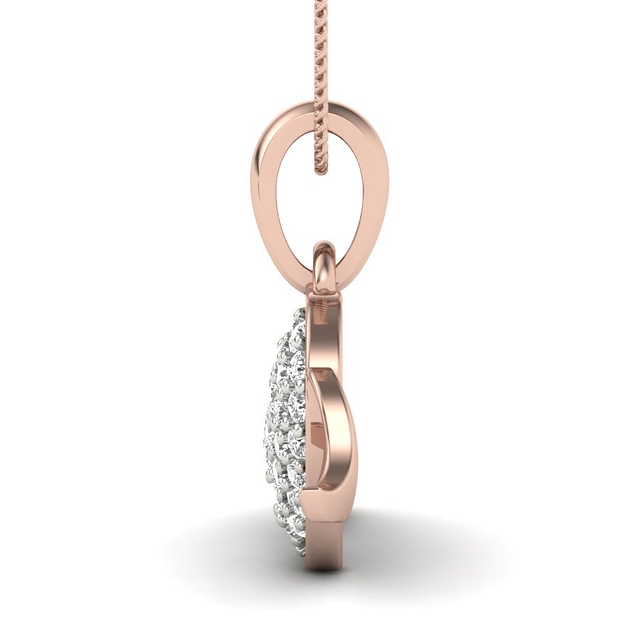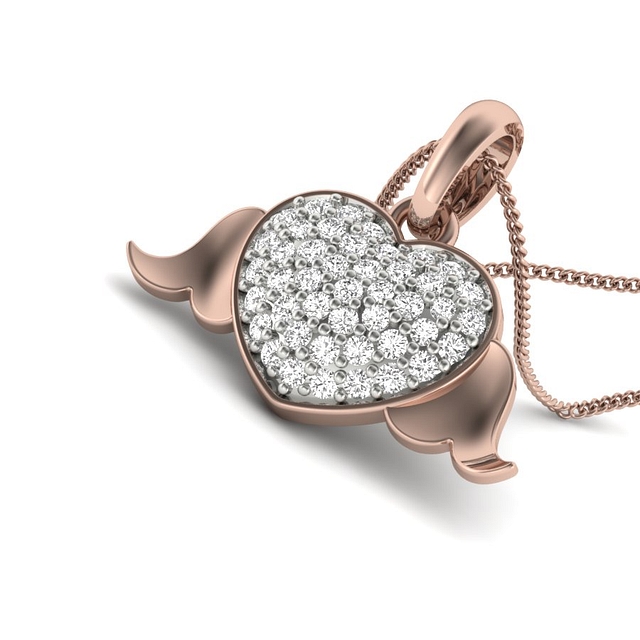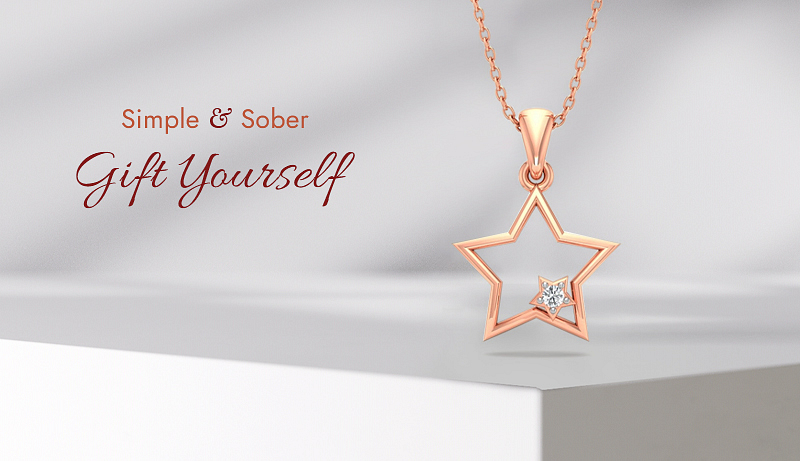Free Insured Shipping Nationwide | 1500+ latest designs
Available on Amazon India
14k gold pendants
14k gold pendants
There has always been an association between gold and luxury and elegance. Its timeless beauty has been celebrated for centuries. One of the most popular types of gold used in jewellery making is 14kt gold or karat gold. What makes it special? This discussion will discuss its characteristics, types, and manufacturing process.
We'll also talk about the advantages of choosing 14kt gold for your jewellery over other types of gold. So if you're considering investing in some new pieces, keep reading to learn why 14kt gold might be a perfect choice!
What is 14 kt Gold?
14kt gold is a gold alloy of 58.3% pure gold, often used in jewellery making because it is durable and affordable. While less expensive than higher karat alloys, it may still cause skin irritation or allergies in some people.
Characteristics of 14kt Gold?
14kt gold is an alloy comprising 58.3% pure gold and other metals such as copper, silver, or nickel. When buying jewellery, the fineness of gold holds significant importance. It is an economical and durable jewellery option. However, the amount of pure gold in the alloy can vary depending on the location and country. If you're looking for higher karats of gold, you may want to consider 18kt or 22kt gold options.
Types of 14kt Gold?
14kt gold comes in various colours like yellow, white, and rose. The most prevailing type is yellow, but white gold for durability is a popular choice. 14kt rose gold, with a warm pink tint, is also available from some jewellers. Various shades of gold, like coloured gemstones, can add a distinctive flair to your jewellery collection.
White Gold
In terms of daily wear jewellery, white gold is one of the most popular options. In addition to yellow and rose gold, it is among the three most common types of 14kt gold. To give white gold a more lustrous appearance, pure gold is mixed with nickel or palladium and then coated in rhodium for extra lustrousness.
Yellow Gold
The durability and warm hue of yellow gold make it a great choice for everyday wear and jewellery designs. A 14kt gold bar can be found in three different colours, and it's made by combining pure gold with copper and silver. The white gold alternative to yellow gold contains other metals like nickel and zinc. In contrast, rose gold has a warm pink hue due to its copper content. Gold jewellery may tarnish when exposed to air, moisture, and other environmental factors. yellow gold and diamond pendants one of first choice of purchase.
Rose Gold
When choosing a type of gold to wear daily or for special occasions like weddings or engagements, rose gold wedding rings can be a great option. A reddish-pink hue is created by mixing pure gold with copper. Gold jewellery pieces like necklaces and pendants from 14kt rose gold remains a popular alternative to green and grey gold. You should always check the purity level and alloy composition of gold jewellery before purchasing it to ensure its durability and resistance to tarnishing.
How is 14kt Gold Made?
14kt gold is created by melting pure gold with other metals like copper, silver or zinc. This creates an alloy of 58.3% pure gold and 41.7% per cent mixture of other metals. The mixture is then shaped into the desired form and is popular in jewellery due to its durability and affordability compared to higher-karat golds. When choosing gold for jewellery, it's crucial to understand its purity.
Advantages of 14kt Gold Made?
14kt gold is a practical option for plain gold jewellery due to its durability, resistance to scratching and bending, and affordability compared to higher karat golds. Additionally, the alloyed metals used in 14kt gold allow for various colour options, such as white and rose gold. However, it is important to note that 14kt gold may have some disadvantages compared to higher karat golds, such as a lower gold content and the potential for skin irritation in some individuals.
| Product | Price |
|---|---|
| Circo Dame Diamond Pendant | ₹ 82,600 |
| Starlight Glamour Pink Pendant | ₹ 28,111 |
| Starlight Glamour Blue Pendant | ₹ 39,622 |
| Dark Knight Sparkles Pendant | ₹ 56,411 |
| Festive Colors Celebration Pendant | ₹ 45,806 |
| Pink Twinkling Celebration Pendant | ₹ 73,111 |
| Sikh Khanda Pendant | ₹ 16,209 |
| Eternal Oneness Diamond Pendant | ₹ 31,814 |
| Sikh Sacred Symbol Diamond Pendant | ₹ 34,444 |
| Ek Onkar Everlasting Diamond Pendant | ₹ 10,105 |














